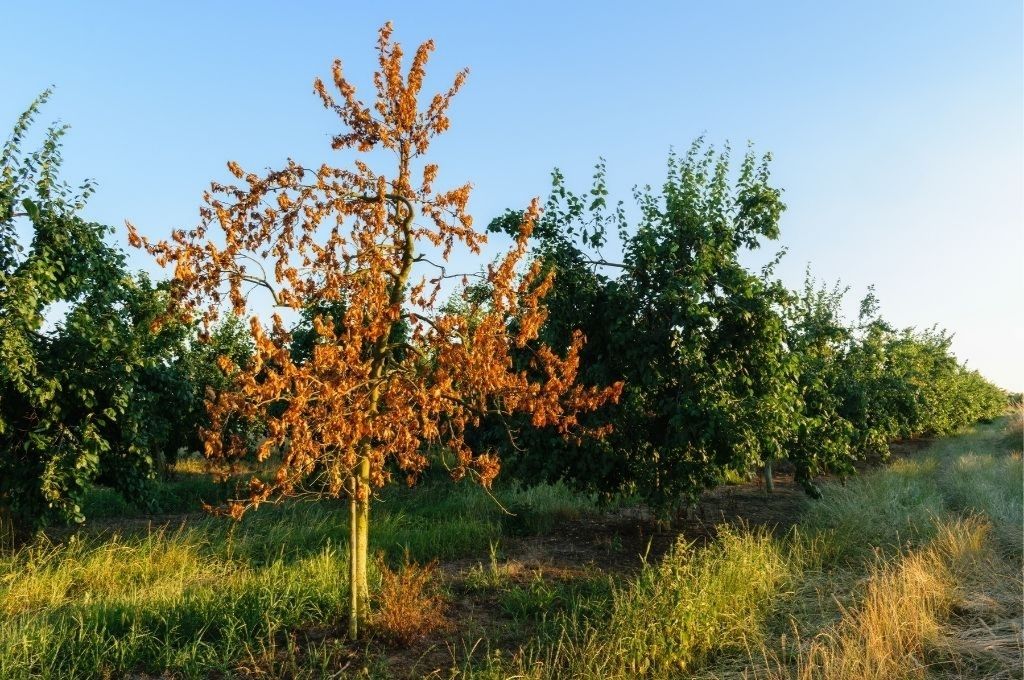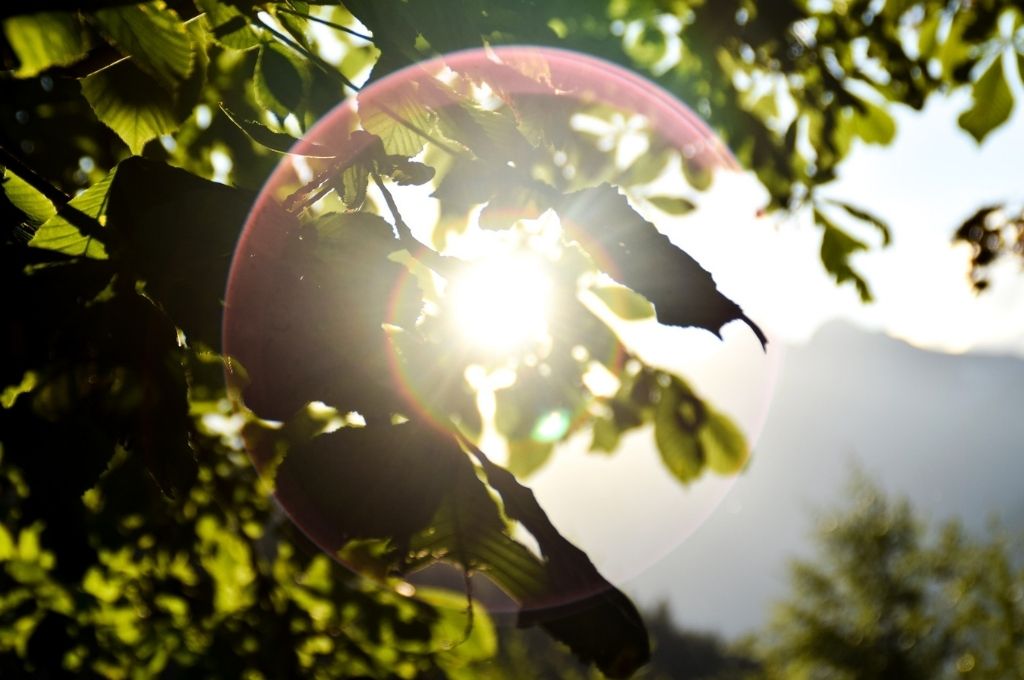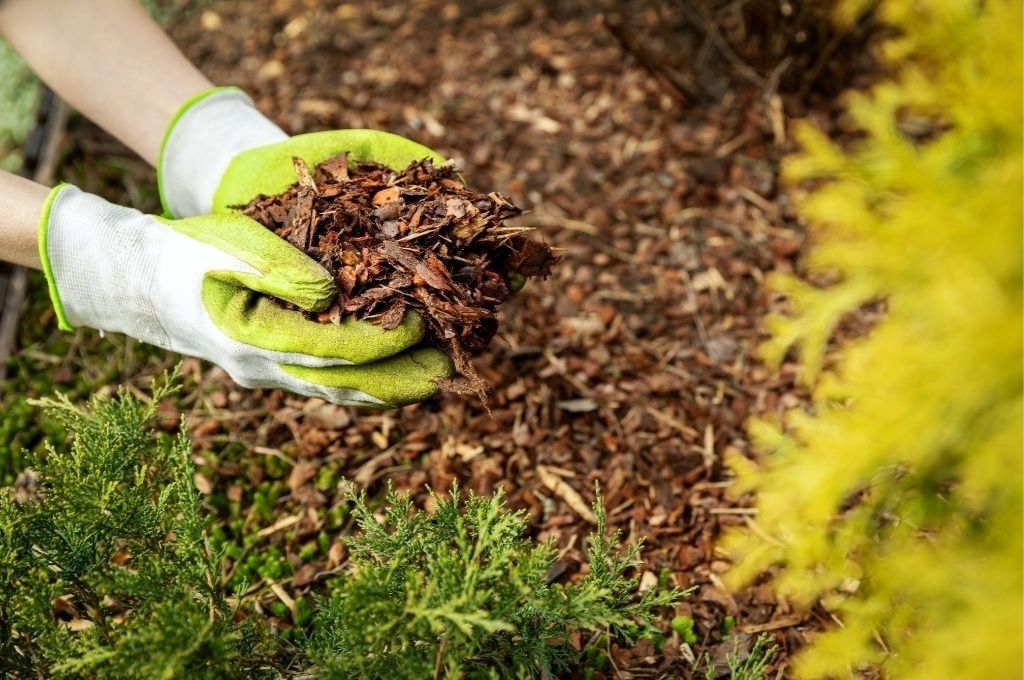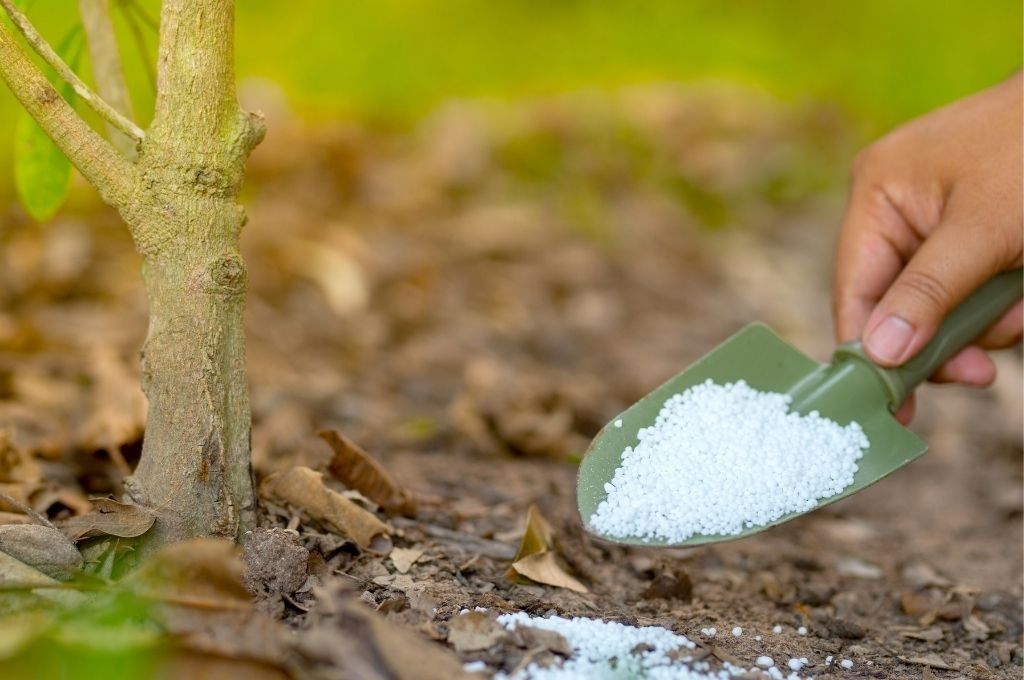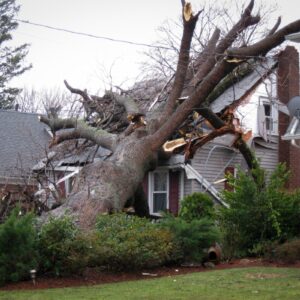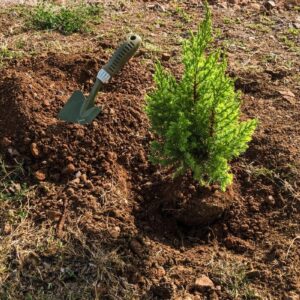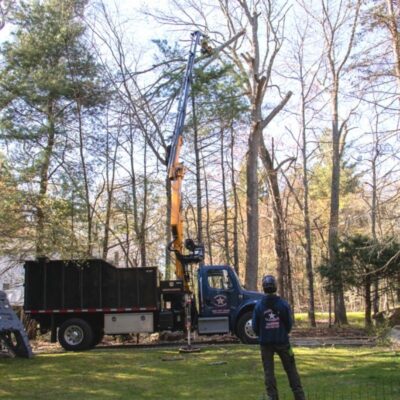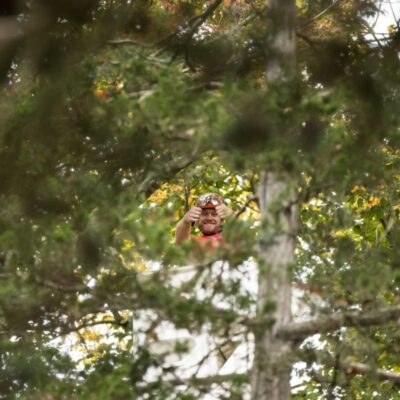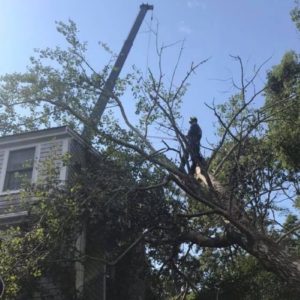Massachusetts has already been hit with several heat waves this summer, putting us on track for one of the hottest summers on record. In fact, Massachusetts is one of the fastest warming states in the contiguous US and that trend is expected to continue for the foreseeable future. Given those facts, we’re likely to see more and more trees affected (and even killed) by heat stress. Learn how high temperatures harm trees and what you can do to protect your trees during heat waves.
FAQs About Heat Waves and Trees
Below are answers to the questions we’re often asked when homeowners notice that their trees are wilting, yellowing, and dropping leaves during a heat wave. We also go into detail on the things you can do to prevent heat stress in your trees and help them better cope with heat waves.
How do trees get hot?
Trees normally stay at a temperature roughly the same as the air around them. But in a heat wave, they’re often heated beyond the ambient air temperature from:
- Sunlight reflected off surfaces around the tree,
- Heat radiating from surrounding surfaces and structures,
- Hot air movement, such as a hot breeze or convection (warm air rising),
- Heat radiating and/or reflecting from surrounding soil (exposed soil in full sunlight can reach 140°F!)
What temperature is too hot for trees in Massachusetts?
The ideal growing temperature for most of our trees is around 70 to 85°F. As temperatures rise above 94°F, photosynthesis slows down and trees begin to run out of energy.
At about 115°F, trees in our area start to die. Think of it like heat stroke in humans; organs start to shut down and the effects worsen without treatment, resulting in lasting damage or death.
The internal temperature of trees is usually similar to the surrounding air temperature so we know that they start to suffer at roughly the same temperatures we do.
What happens when trees get too hot?
It depends. Hot temperatures are particularly harmful to old, young, and unhealthy trees, as well as those growing in a limited amount of soil (such as between the street and sidewalk or in a parking lot). However, any tree can show signs of heat stress.
Common signs of heat stress in trees include:
- wilting leaves
- drooping stems and branches
- interior leaves or needles turning yellow
- no (or very little) new growth, making the tree canopy look sparse
- rust-colored spots or bumps on leaves
- scorching around leaf edges
- dead leaves
- leaves falling off
- sap oozing from lesions on the trunk, often on the south/south-west side (basically, reflected heat burns the tree’s bark)Bottom of Form
Can’t trees cool themselves in hot weather?
Yes, they can (usually). Similar to how humans sweat to cool down in hot weather, trees cool themselves through transpiration, where water evaporates from small openings in leaves, stems, and flowers. Like us, trees need to be well-hydrated to be able to cool down this way. Instead of taking a drink, they absorb water from the soil through their roots.
Trees under heat load transpire more and therefore need more water to keep themselves cool. As temperatures continue to increase, they use more and more energy and water to stay cool until, eventually, they “hit the wall”.
How can we prevent damage to trees during a heat wave?
There are many ways to help trees avoid being seriously damaged by heat stress. Some can be done during the heat event, but others are best planned for in advance.
Provide Water
It seems obvious that watering your trees should help them overcome heat stress by giving them the moisture they need to continue with transpiration.
But it’s not quite that simple. The key is to water:
- deeply (so moisture reaches tree roots that are usually 12 inches underground),
- slowly (so water percolates through the soil instead of running off),
- regularly (so the soil doesn’t dry out, damaging roots), and
- throughout the entire root zone (so all parts of the tree receive enough water).
That means lawn irrigation systems and sprinklers probably won’t be enough to do the job during a heat wave. You’ll need to use hoses with the water turned on low to give your trees a long, cool drink. Move the hose around every few hours to ensure you water all of the area under the tree canopy.
Another way to use water to help trees (and people!) during a heat wave is to spray a fine mist of water near anything that needs to be cooled down. As the water quickly evaporates, it cools the surfaces it lands on and brings down the surrounding air temperature.
Spread Mulch
A 2- to 4-inch layer of organic mulch is a tree’s best friend. Mulch spread on the soil surface:
- keeps the soil moist (or it slows down the speed at which water evaporates from the soil),
- lowers soil temperature and keeps it cooler,
- prevents competition for moisture by suppressing weed growth, and
- even lowers the overall heat load of the surrounding area.
Use organic mulch such as wood chips, bark chips, or even grass clippings or straw. Spread it around your trees out to the dripline (the edge of the tree canopy) but keep it well pulled back from the trunk to avoid fungal problems.
Create Shade
Although we usually recommend that you don’t plant anything nearby that could compete with a tree for soil moisture (especially when the tree is young), companion planting can have some benefits. Deciduous shrubs and large-leaved plants growing nearby can help shade (and cool) the ground around smaller trees while leaving the canopy exposed to sunlight to allow active photosynthesis. Use plants that don’t need much water to avoid creating water stress for the tree.
For smaller trees, landscape structures can provide welcome shade. Pergolas, arbors, trellises, and shade sails can all lower the soil and air temperature around vulnerable trees. Plus, they create a beautiful accent and add structure to the landscape. Try growing vines on trellises or vigorous climbing plants up and over pergolas and arbors to create even more shade.
If possible, avoid cutting down nearby trees that are casting shade on trees that appear stressed by the heat. The sudden exposure to the hot sun and the loss of cooling shade can push heat-stressed trees over the edge, leading to a quick death.
Minimize Pruning
Dead, diseased, damaged, or crossing/rubbing branches can always be pruned from a tree’s interior, even during a heat wave (although you may not enjoy working in the blazing heat!). But, if it’s safe to do so, consider waiting until temperatures come down before cutting out dead wood or branches that aren’t causing a serious problem.
In contrast, it’s best to avoid pruning living branches during extreme hot weather. Every pruning cut is a wound that further stresses the tree and requires considerable energy to heal. Cutting off leaves lowers the energy reserves available to the tree (making wound closure more difficult) and reduces its ability to dissipate heat through transpiration.
Avoid Nitrogen Fertilizers
Trees are best fertilized in spring and fall. Although, under the right conditions, they can sometimes benefit from a light application of organic fertilizer or compost tea in summer.
Very hot or dry weather is not the time to fertilize trees, especially not with high nitrogen fertilizers. These are used to stimulate rapid leaf and stem growth which is the last thing a stressed tree needs to expend energy on! Wait until next spring when the tree has (hopefully) recovered and put out a full set of leaves.
Fertilizers can also increase the salt content in soils, making it more difficult for tree roots to absorb water from the soil. Go easy on lawn fertilizers during hot spells (or switch to a slow-release organic soil amendment) and wait until temperatures cool down before fertilizing garden beds.
Don’t Disturb the Roots
Summer in Massachusetts often means it’s construction time! If you’re planning a major landscape or home renovation, it’s best to avoid doing it during a heat wave (not just for the trees, but for the workers too). Landscaping and construction projects can easily break tree branches, injure tree trunks, and, more importantly, damage or cut off tree roots.
Without enough healthy roots to help find and take up water, a stressed tree will quickly decline.
Of course, it’s not always possible to reschedule work that’s already been planned. In that case, a tree protection plan will help you protect your valuable trees and the surrounding root zone before construction starts. It’s always better to prevent unnecessary stress on expensive, mature landscape trees than to have to replace them next spring.
Still Have Questions About Heat Stress in Trees?
Give us a call – 508-690-5545! We’re happy to inspect your trees to see if they’re suffering from heat stress. If so, we can recommend ways to help them recover. Trees are an important part of the beauty of Hopkinton and surrounding areas of Massachusetts, and we want to make sure as many of them as possible stay healthy through even the worst heat waves.
Blog Topics
Recent Posts
What's Happening? Stay Informed!
Stay on top of local events, pest and disease updates, tree and landscape tips, and more. Delivered straight to your inbox each month.

